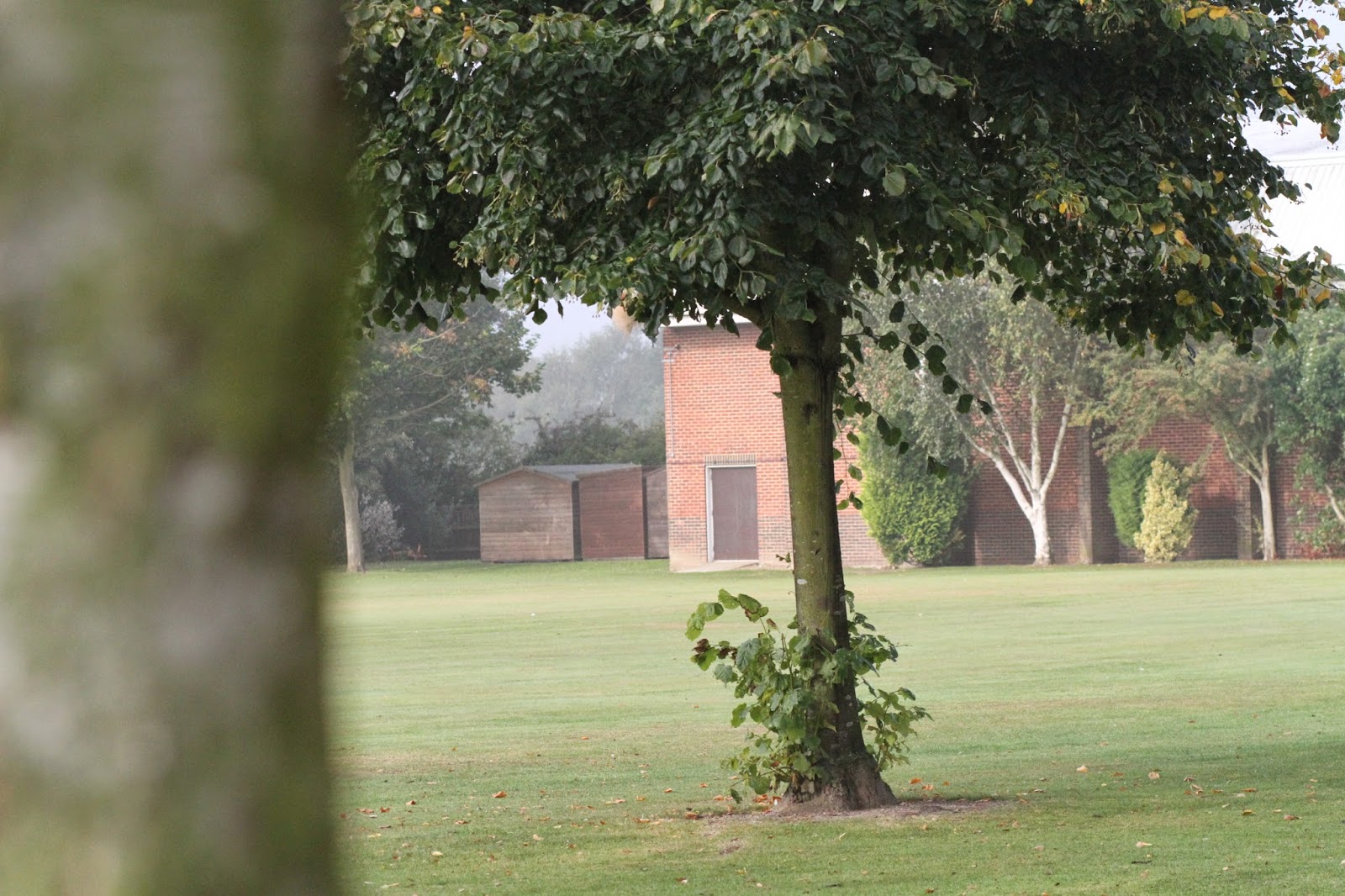Rule of thirds: are guidelines which applies to the process of composing visual images such as designs, films, painting and photography. The guideline proposes that an image should be imagined as divided into nine equal parts by two equally spaced horizontal lines and two equally spaced vertical lines, and that important compositional elements should be placed along these lines or intersections.
Balanced elements: placing your main subject off the centre of the picture, as with the rule of thirds, it creates a more increasing photo, but it can leave a void in the scene which can make it feel empty. You should balance the weight of the subject by including another object of lessor important to fill
the space.
Leading lines
When you look at a photo our eye is naturally drawn along the lines. By thinking about how you place lines in the composition, you can affect the way we view the image, pulling us into the picture, towards the subjects, or on a journey through the scene.
Symmetry and Patterns
We are surrounded by symmetry and patterns, both natural and man-made. They can make for very eye-catching compositions, particularly in situations where they are not expected. Another great way to them is to break the symmetry or pattern in some way, this introduces tension and a focal point to the scene.
Viewpoint
Before photography the subject, take time to think about where you will shoot it from. Our viewpoint has a massive impact on the composition of our photo, and as a result it can greatly affect the message that the shot conveys. Rather than just shooting from eye level, consider photographing from high above, down at ground level, from the side, from the back, from a long way away, from very close up, and so on.
Background
The human eye is excellent at distinguishing between different elements in a scene, whereas a camera has a tendency to flatten the foreground and background, and this can often ruin an otherwise great photo. Thankfully this problem is usually easy to overcome at the time of shooting.
Depth
Because photography is a two-dimensional medium, we have to choose our composition carefully to conveys the sense of depth that was present in the actual scene. By creating depth in a photo by including objects in the foreground, middle ground and background. Another useful composition technique is overlapping, this is where it can be deliberate partially obscure one object with another. The human eye naturally recognises these layers and mentally separates the them out, this creates an image with more depth.
Framing
The world is of objects which makes a perfect natural frames, such as trees, archways and holes. By placing these around the edge of the composition you help to isolate the main subject from the outside world. The result is a more focused image which draws your eye naturally to the main point of interest.
Cropping
Often a photo will lack impact because the main subject is so small it becomes lost among the clutter of its surroundings. By cropping tight about the subject you eliminate the background focus, ensuring the subject gets the viewer's undivided attention.
Experimentation
With the dawn of the digital age in photography we no longer have no worry about film processing costs or running out of shots. As a result, experimenting with a photo composition has become a real possibility, we can fire off tons of shots and delete the unwanted ones later at absolutely no extra cost. Taking advantage of the fact that you can experiment with the composition.












No comments:
Post a Comment